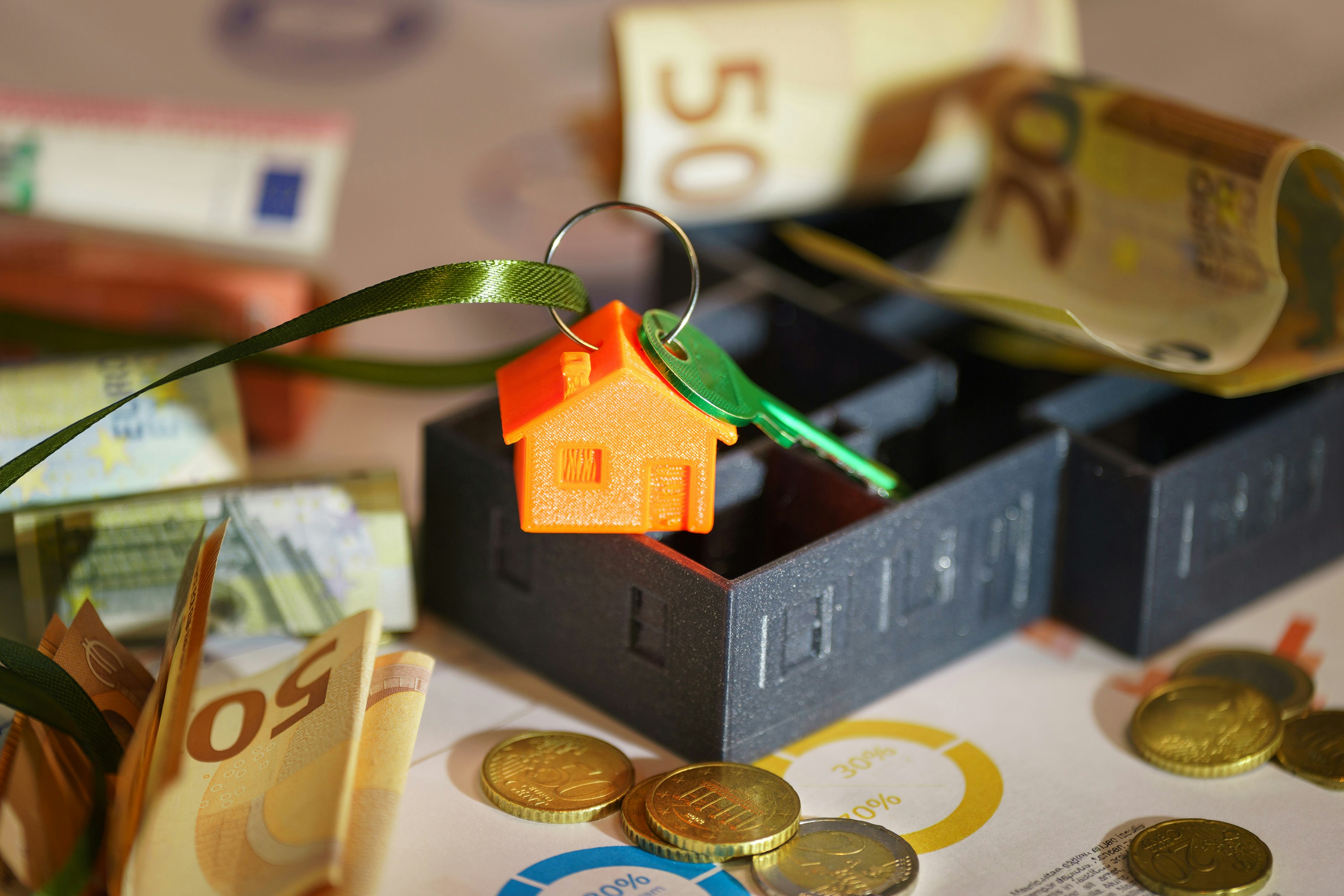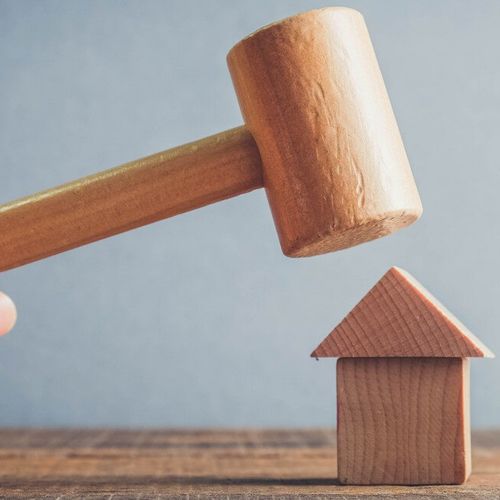At the Jorgenson Group, one of the most common questions we get is: “Should I refinance my mortgage if interest rates drop?” Spoiler alert—maybe yes, maybe no. (We know, very helpful.) But the truth is, refinancing isn’t just about snagging a lower rate. It’s about making the numbers (and the timing) work in your favor. Let’s unpack when a refinance makes sense, when it doesn’t, and how you can decide if it’s your next money-smart move.
Why refinancing is so tempting when rates dip
When mortgage rates fall, it can feel like a clearance sale for homeowners. If you locked in your mortgage during a higher-rate season, refinancing could lower your monthly payment, save you tens of thousands over the life of the loan, or even shorten your loan term without making your payment skyrocket. According to Fannie Mae, experts expect rates to gradually trend below 6% by 2026, which means 2025 could be a window of opportunity to explore refinancing (Fannie Mae).
The “math test” you need to pass first
Refinancing isn’t free. Closing costs can run 2–5% of your loan balance, so you’ll want to make sure the savings from your new monthly payment outweigh those upfront costs. A good rule of thumb: if you can break even in two to three years (the time it takes for your savings to cover the cost of refinancing), it’s worth serious consideration. If you plan to sell your home before then, refinancing may not be the smart move. Investopedia explains the typical costs you’ll need to account for (Investopedia).
Refinance options: more than just lowering your rate
Many homeowners think refinancing is only about lowering their interest rate—but there are other reasons, too. You might refinance to:
Switch from an adjustable-rate mortgage to a fixed rate (predictability = peace of mind).
Shorten your loan term from 30 years to 15 years (pay off your home faster, often with a lower rate).
Cash-out refinance to tap into your equity for renovations, debt consolidation, or college tuition.
In Round Rock, Georgetown, and Austin, we’ve seen homeowners use cash-out refinances for everything from backyard pools to kitchen overhauls—because hey, if you’re paying less in interest, why not upgrade your lifestyle too?
Timing the market: the impossible crystal ball
Here’s the tricky part: no one has a crystal ball for mortgage rates. They’re influenced by inflation trends, the bond market, and Federal Reserve policy. If inflation cools, rates may fall further; if it spikes, rates could bounce back up. The National Association of Realtors predicts 30-year mortgage rates will hover around 6% in 2025, offering some breathing room compared to the 7%+ highs we saw in recent years (Reuters).
The Jorgenson Group’s advice: refinance smart, not fast
Our bottom line? Don’t rush into a refinance just because your neighbor did. Crunch the numbers, consider how long you’ll stay in your home, and weigh the costs against the benefits. If rates dip enough to give you meaningful long-term savings, refinancing could be one of the best financial decisions you make this decade. If not, you can still pat yourself on the back for doing the research. And when in doubt, call us—we love helping clients in Central Texas figure out if a refinance is right for them (and yes, we’ll even run the math with you).


